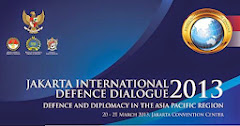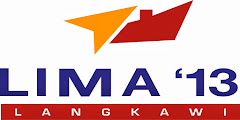
“In June of last year my predecessor Minister Jason Clare announced the Government’s intention to reform the naval ship repair sector – commencing with the release of the tender for the repair and maintenance of the Navy’s eight Anzac Class frigates,” Senator Carr said.
“I am pleased to announce the outcome of the Tender evaluation. I congratulate Naval Ship Management Australia, a joint venture of Babcock Australia and United Group Infrastructure, for being selected as the preferred tenderer.”
Senator Carr said the announcement follows extensive consultation with industry on a new approach to contracts for repair and maintenance work.
“In contrast to the previous arrangements which required every new maintenance activity to be individually contracted out, the grouping of ship repair and maintenance tasks offers the potential for significant cost savings.
“These savings are achieved through reductions in contracting activity, greater ability to forecast work effort, and productivity gains through greater investment in workforce skills and infrastructure.
“This initiative will provide industry with the predictability, certainty and stability that it needs to achieve efficiencies and provide job security for, and investment in, its workforce.
“This new contracting approach is good for industry, it is good for job security and development, it is good for Navy, and it is good for Australian taxpayers who rightly demand maximum efficiency from every dollar spent on Australia’s defence.”
Contract negotiations are expected to be finalised by June 2012.






 In 1996, Vietnam has successfully fabricated a target aircraft, marking a step forward of the aviation engineering industry of the Vietnam (all photos : BaoDatViet & ttvnol)
In 1996, Vietnam has successfully fabricated a target aircraft, marking a step forward of the aviation engineering industry of the Vietnam (all photos : BaoDatViet & ttvnol) M-100CT target aircraft for training firing artillery unit high-radiation missile.
M-100CT target aircraft for training firing artillery unit high-radiation missile.
 Colonel Trinh Xuan Dat-head study of target aircraft is one of those instrumental in making unmanned aircraft in Vietnam.
Colonel Trinh Xuan Dat-head study of target aircraft is one of those instrumental in making unmanned aircraft in Vietnam.



















 P-3C Orion (photo : Airliners)
P-3C Orion (photo : Airliners) C-295 ASW (photo : Airbus Military)
C-295 ASW (photo : Airbus Military) CN-235 ASW (photo : Militaryphotos)
CN-235 ASW (photo : Militaryphotos) ATR-42MP (photo : Alessandro Buffa)
ATR-42MP (photo : Alessandro Buffa) Saab Eriye (image : Saab)
Saab Eriye (image : Saab) AW-159 Lynx Wildcat (photo : All Britain)
AW-159 Lynx Wildcat (photo : All Britain) G-550 CAEW (image : FlightGlobal)
G-550 CAEW (image : FlightGlobal)








